Our visit to the Bar U Ranch National Heritage Site was, as these kinds of places usually are, absolutely fascinating.
About 130 years ago, the Canadian government would lease land for a penny an acre, for the development of farming and ranching. And it was then that the first company, Northwest Cattle Company, lease acreage in the southwest section of Alberta. The ranch was called the Bar U and remained a functioning beef ranch for over 70 years, selling their beef at times to Canada, US and British markets.
The ranch site is now managed and maintained by the National Parks of Canada as well as Friends of the Bar U Heritage Society. There are no family living quarters currently on the site, but the buildings that are there are all original.
Besides the beef industry, the ranch was known for its Percheron drafts horses. Originally developed by Napoleon in La Perche, France, the first two sires were imported in the early 1900’s. About 90% of the Percheron draft horses world-wide can apparently be traced back to these two sires.
We had the opportunity to ride in a wagon behind two of these gently giants, just one of three teams currently working on the ranch: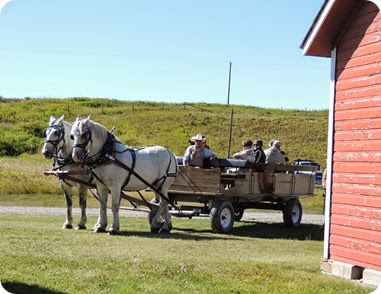

As we rode, Don, the driver entertained us with tales of the ranch, its owners and workers:
One story is of The Sundance Kid, whose name was actually Harry Longabaugh. After a stint in a prison in the US, Harry made his way north and got at job at the Bar U. It was here that he got the nickname by which everybody knows of him today, given to him by ranch hands because of his stay at Sundance Prison.
After our ride, we were entertained to cowboy coffee and more history and tales by Miriam, the camp cook: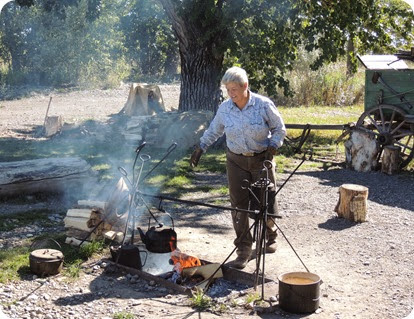
There were a few other draft and saddle horses to be seen about: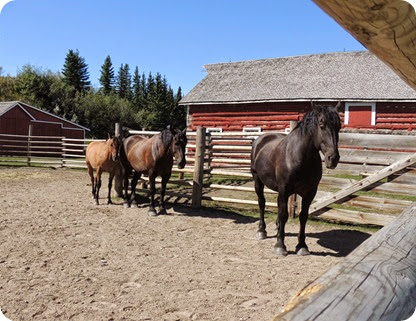
We saw the horse barns, cattle barns, storage sheds, and the bunk-house:
But out on the range, when the cowboys were out driving the cattle, the ‘cookhouse’ was a bare bones chuckwagon where food for anywhere from 10-40 men was prepared over an open fire:
Beans and bannock were staples.
The harvest wagons used in later years weren’t a whole lot bigger, but certainly better equipped: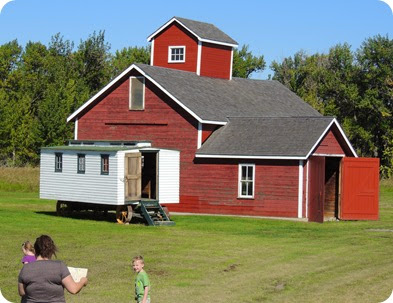
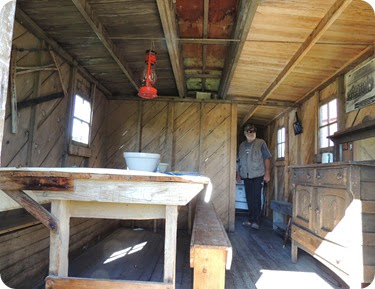
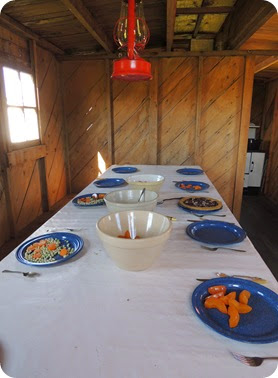
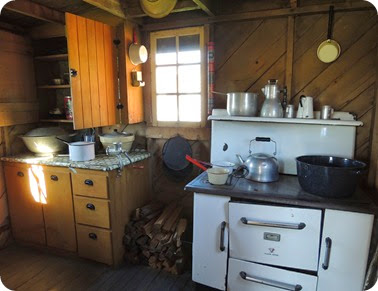
Crews would have had to eat in shifts if they couldn’t eat outdoors.
Women did not become part of any crews until the 1920’s apparently, and when they finished the day out on the range, they went home and did another full shift as wife, mother, and housekeeper!
All in all a fascinating visit back in time!
Happy tourism! Blessings, Peg
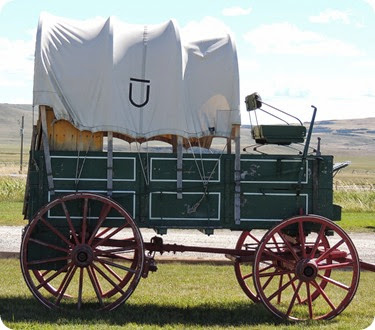
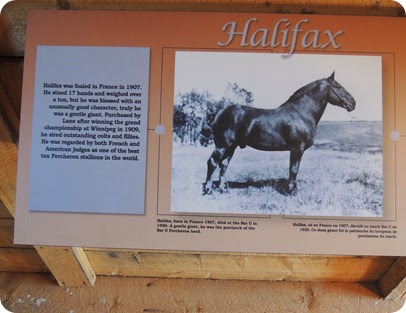


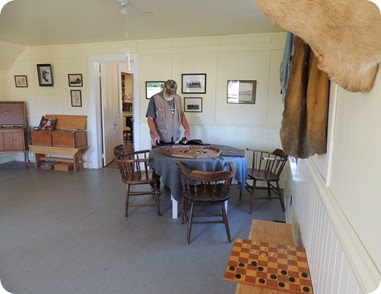
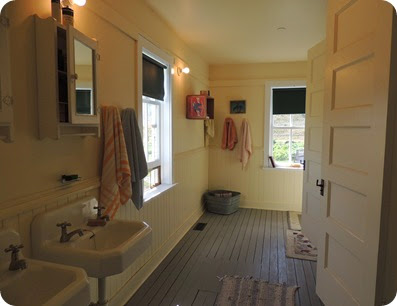
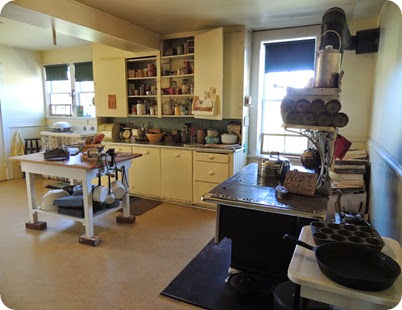
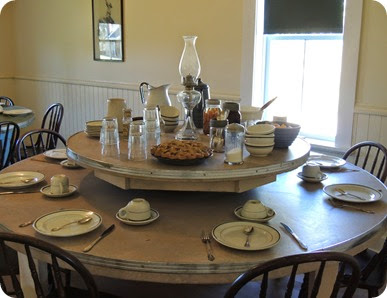
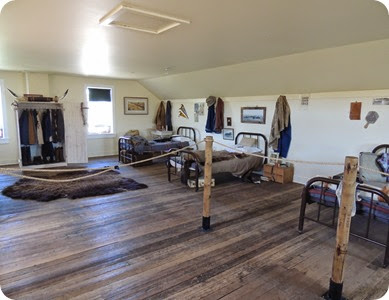
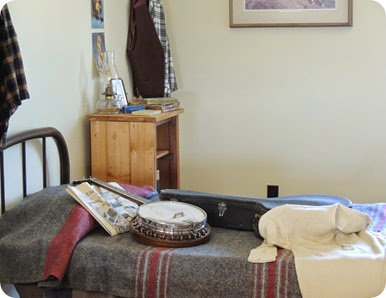
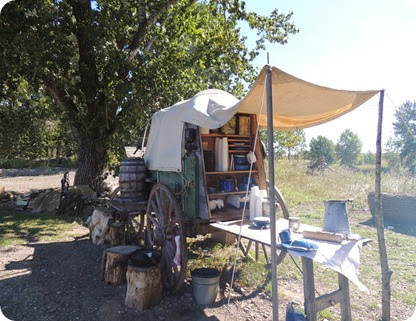
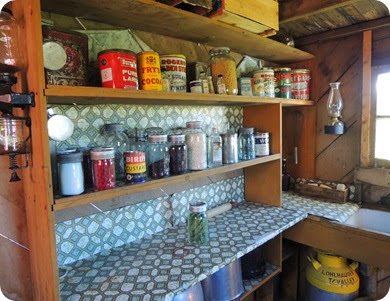
No comments:
Post a Comment